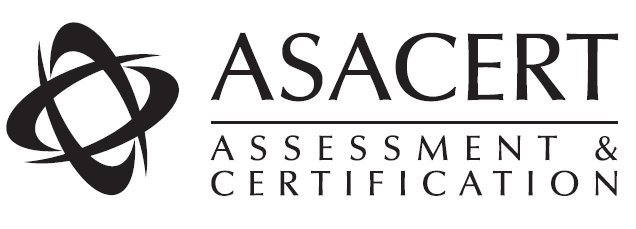The LEED standards set out the requirements for constructing environmentally friendly buildings, able to operate in a sustainable and self-sufficient manner on an energetics level. LEED is a flexible and articulated system that provides different formulations for new construction, existing buildings, schools, small dwellings, while maintaining a basic approach coherent among the various fields.
The system is based on the attribution of criteria for each of the requirements that characterise the sustainability of the building. The level of certification obtained is derived from the sum of the credits. The criteria are grouped into six categories, which envision obligatory prescriptive prerequisites and a number of environmental performances, which together define the final score of the building:
Sites sustainable: LEED certified buildings must be constructed on the basis of a disposal plan that reduces waste and uses recycled or produced locally materials.
Efficient management of water: the presence of systems for recovering rainwater or taps with flow regulators must ensure maximum efficiency in water consumption.
Energy and atmosphere: by the best use of energy from renewable and local sources, it is possible to significantly reduce the energetics costs of buildings. In the United States, from LEED buildings, 350 metric tons less of carbon dioxide enter the atmosphere each year, with respect to other buildings, guaranteeing a saving in electricity of about 32%.
Materials and resources: in the LEED rating system, buildings constructed using natural, renewable and local materials, such as wood, obtain a higher score.
Interior environmental quality: the interior of the building must be designed so as to provide for substantial parity of the energetics balance and to favour maximum living comfort for the end user.
Design and innovation: the use of construction technology improved with respect to the “best practices” is an element of added value, for LEED certification.
Adding up the consequential credits in each of the six categories, a specific level of certification is obtained, attesting to the performance achieved from the building in environmental and sustainability terms. Addressing the whole process (from design to actual construction) and to every part of the building, the LEED analyzes every possibility to reduce environmental impacts of various kinds and noxious emissions from buildings under construction. The Asacert engineers and professionals, use the “best practices” as guidelines to perform the certification of buildings. Asacert releases attestations of energetic qualification with their calculation and classification methods, respectively, used.

